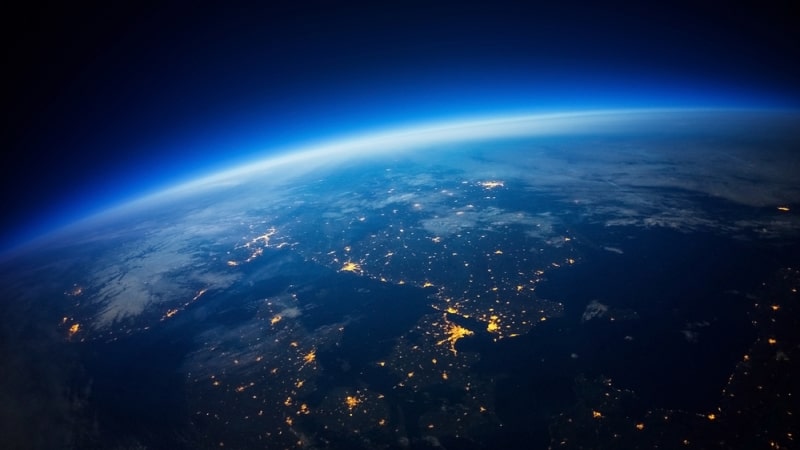
The Department of Energy (DoE) is headed into uncharted territory in its latest efforts in quantum tech – it’s headed to space in collaboration with a growing list of Federal agencies and goals, a top agency official said on Wednesday.
Rima Oueid, the senior commercialization executive at the Energy Department’s Office of Technology Transitions, said at the second day of Quantum.Tech in Washington that DoE has been working to harness the capabilities of quantum networking which are needed to scale quantum computing and are best attained in outer space.
“What we’re realizing is that in some cases, quantum networking works better in free space, but then if you [go] into space …you have micro gravity, so the networking might actually work better for certain types of quantum connections,” said Oueid. “Maybe some quantum computers will work better in space and may work in space before we get them to work on Earth.”
Quantum networking, which would connect quantum computers or devices using quantum states such as entangled qubits to transmit information, is just part of the DoE’s larger efforts to take the technology to a larger level. DoE is working in partnership with the Department of Defense and NASA to develop quantum sensing technology that could be used by multiple agencies.
Oueid shared that new agencies could soon be added to the list, including the Department of Homeland Security and the National Science Foundation.
Within the Energy Department, Oueid said that her office was the first to initiate the collaboration and that other DoE equity-focused offices have joined including the Offices of Electricity and Fossil Energy and Carbon Management.
Beyond using quantum computing in space to secure critical networks used by the DoD and other Federal agencies, Oueid said some aims of the Energy Department include building a terrestrial quantum-powered clock and scanning chips for malware.
“We also have looked at using quantum sensitivity to scan chips and [look] for malware,” said Oueid, explaining that quantum sensing could also monitor systems to detect anomalies. “[On] DOE vehicles we use chips, and on the ultra-grid – on all the devices that connect with the thread … We want to ensure that the grid is secure.”
Oueid also noted that the grid is highly reliant on Global Positioning System (GPS) technology, which synchronizes with millions of nodes and devices in distributed locations.
“Timing that, synchronizing that is very critical,” she explained. “So, to the extent that we can create a terrestrial-based clock system – essentially advanced clocks – that could be very beneficial and provide reliability and security.”
